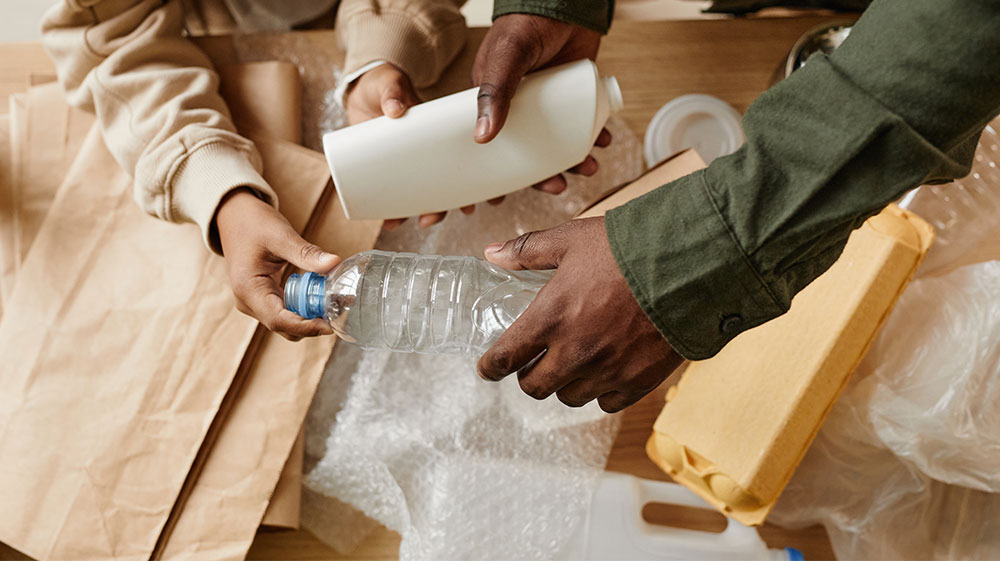
Top 5 waste management challenges in the Philippines and how to solve them
The Philippines is among the top waste generators in Southeast Asia, and one of the top contributors to plastic waste pollution in the seas1. This…
TESTING THE NOTIFICATION
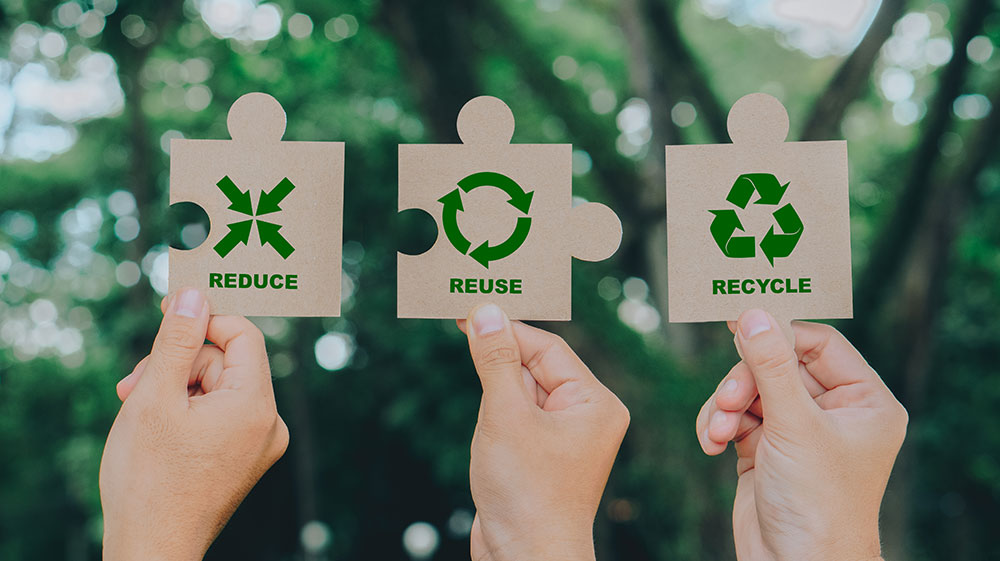
Written by
on
4 minutes to read
The use of plastic packaging is a multifaceted issue ingrained in daily life, entwining convenience, economic factors, technological constraints, and environmental impact1. Addressing it necessitates a multi-dimensional approach involving technological innovation, systemic shifts, and global cooperation.
To effectively tackle this challenge, delving into its complexities, underlying causes, enabling factors, and potential solutions is crucial.
The use of plastic packaging has been integral to society for decades, serving purposes like food preservation, product packaging, and various infrastructure projects2. Its cost-effectiveness, durability, and lightweight nature have made it the material of choice across many industries3. However, its disposal poses a significant problem, as plastic takes hundreds of years to decompose, leading to widespread ecological damage.
Clogged drainage systems in plastic-polluted cities during the rainy season exemplify this issue4. Poor waste management practices, low recycling rates, slow recycling technology advancements, and the absence of comprehensive Extended Producer Responsibility (EPR) policies exacerbate the plastic packaging crisis, necessitating effective solutions and systemic changes5.

To better understand the impact of plastic packaging on society, outlined are four key challenges that highlight the difficulty of getting rid of plastic in the current market:
The flexible nature of plastic makes finding alternatives challenging, given its cost-effectiveness and functionality6. Major corporations in the United States, like Amazon and Walmart, prioritize plastic for affordability, overlooking its long-term environmental impact7. Despite emerging sustainable alternatives, the pervasive use of plastic in various industries remains a significant hurdle.
Plastic’s durability makes it the preferred material for various products, with the ability to withstand harsh environmental conditions for hundreds of years8. However, this durability poses challenges at the end of its lifecycle, leading to overwhelming plastic waste in cities like Mumbai and Delhi9. Mismanagement perpetuates the existence of microplastics, posing environmental and health hazards10.
Single-use plastic, popular in households and fast-food chains, have become ubiquitous. Despite awareness campaigns, consumer preference for convenience prevails11. For example, Australia faces high consumer demand for single-use plastic, challenging efforts by major supermarkets such as Cole and Woolworths to reduce consumption12.
Technological innovation has led to numerous creations of smart appliances and improvements in business processes13. However, the surplus of electronic products and waste poses a challenge, as processing requires advanced processes and machines. Germany, known for efficient waste management, faces difficulties in processing complex plastic waste due to a gap in technological infrastructure14.
Now, is plastic packaging really a problem? Yes, but a manageable one. Through creativity and innovation, we can address this human-made challenge.
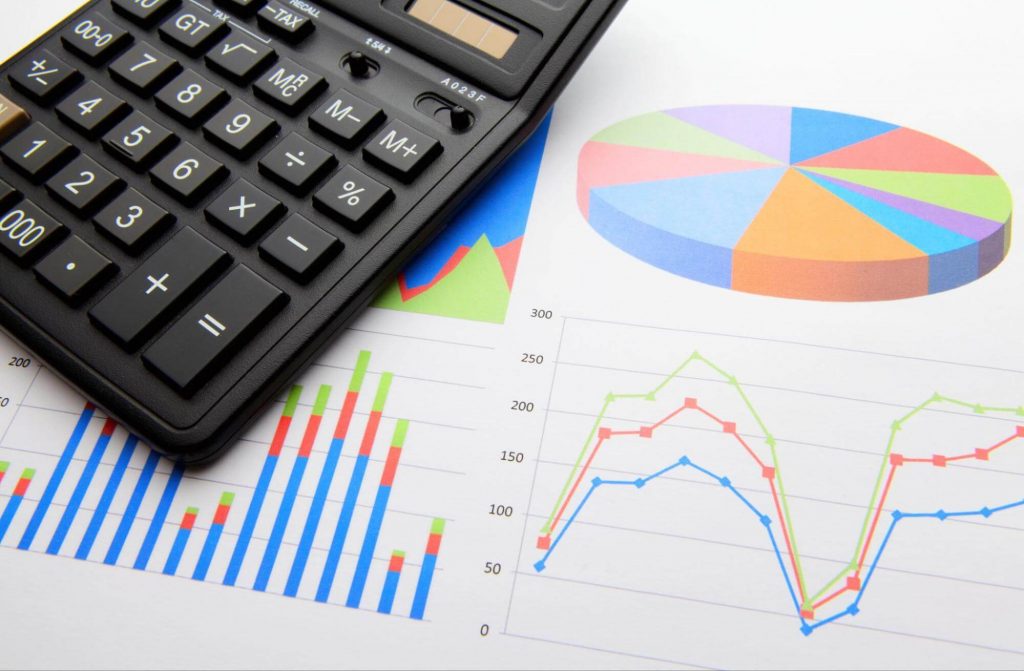
Technological advancement is not just meant to develop new plastic applications. It can also be utilized to create and search for eco-friendly alternatives. One material that can be considered is Social Plastic® feedstock, which is recycled plastic feedstock that is reprocessed and reintegrated into products and packaging.
Consumer habits can be influenced. With a series of educational awareness campaigns and positive reinforcements through signage and infomercials, consumers can shift their preference to greener options.
Manufacturers should incorporate visual cues about recycling practices in their product packaging. On the other hand, local governments should strategically place waste segregation bins in populous areas along with posters and signage reminding everyone to practice proper solid waste management.
Meanwhile, corporations have the opportunity to initiate and monitor their environmental footprint through the Plastic Bank’s Plastic Footprint Calculator. The application enables companies to oversee their plastic packaging waste with the help of experts. The tool provides them with live updates on their progress and the impact they are creating on the environment.
Product packaging can be designed for reuse, repurpose, or recycling. Plastic Bank helps businesses create products made of recycled plastic through its Social Plastic® program. Alternatively, companies can offset their plastic footprint with Impact Programs, allowing companies to empower the collection, exchange, and proper recycling of mismanaged plastic waste in areas with high rates of plastic pollution and poverty.
As we stand at the crossroads of environmental sustainability and convenience, it’s clear that the journey with plastic is fraught with complexities. Yet, it’s within these challenges that we find our greatest opportunity for change. The question we face now is not just ‘can we?’ but ‘how will we?’ transform our relationship with plastic.
This path to a better and wasteless world is not a solitary one; it is a collaborative endeavour that demands a united commitment. Individuals, businesses, and governments must come together, prioritizing the environment in every decision. The impact of our collective efforts is profound – each small step, every innovative solution, and each conscious choice cumulatively leads to significant, positive changes for our planet. The power to reshape our future and combat plastic pollution lies in our hands. Let’s inspire and drive change, for a world where we don’t just exist, but actively contribute to its well-being.

The Philippines is among the top waste generators in Southeast Asia, and one of the top contributors to plastic waste pollution in the seas1. This…

In recent years, the term EPR has become a buzzword along with sustainability. Extended Producer Responsibility (EPR) has emerged as one of the top solutions…

Picture yourself standing bare feet on a shore, where the land meets the vast expanse of shimmering blue. As you stare at the horizon, feel…
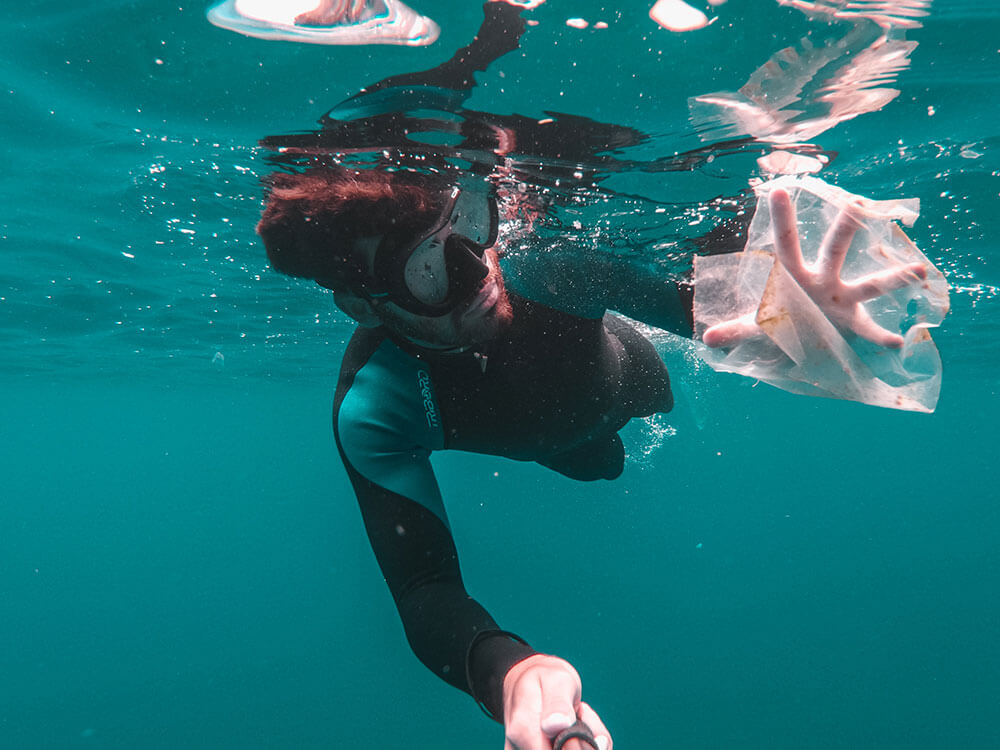
Have you ever reflected on how everything on Earth is interconnected? At its core, this interconnectedness means that what we do has consequences for other…
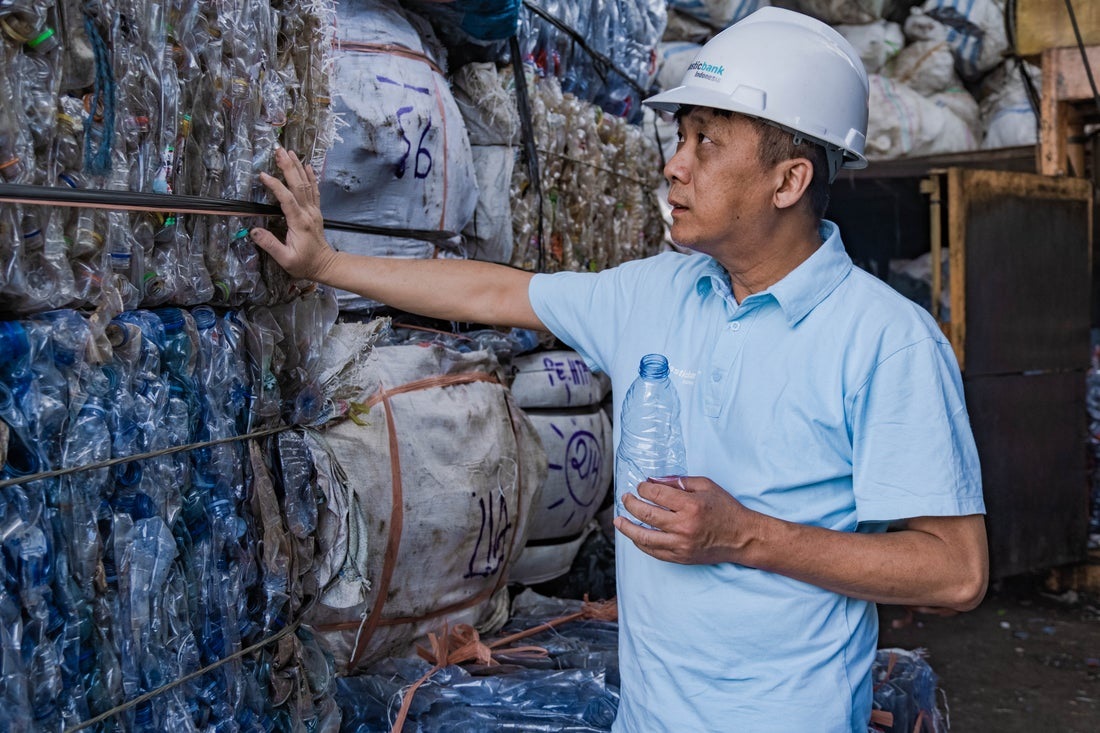
Stop plastic pollution and create social impact with plastic offsets, recycled feedstock, and customized toolkits to share your story.
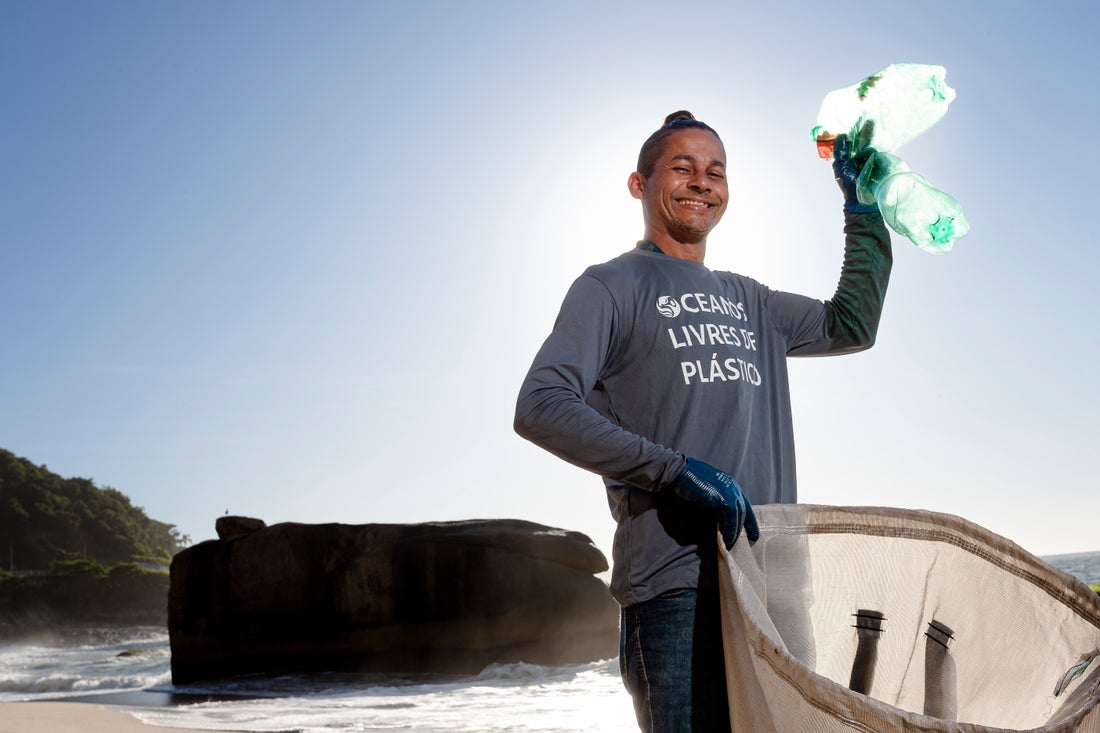
Choose your monthly contribution or discover programs for your friends, family, colleagues, and community.